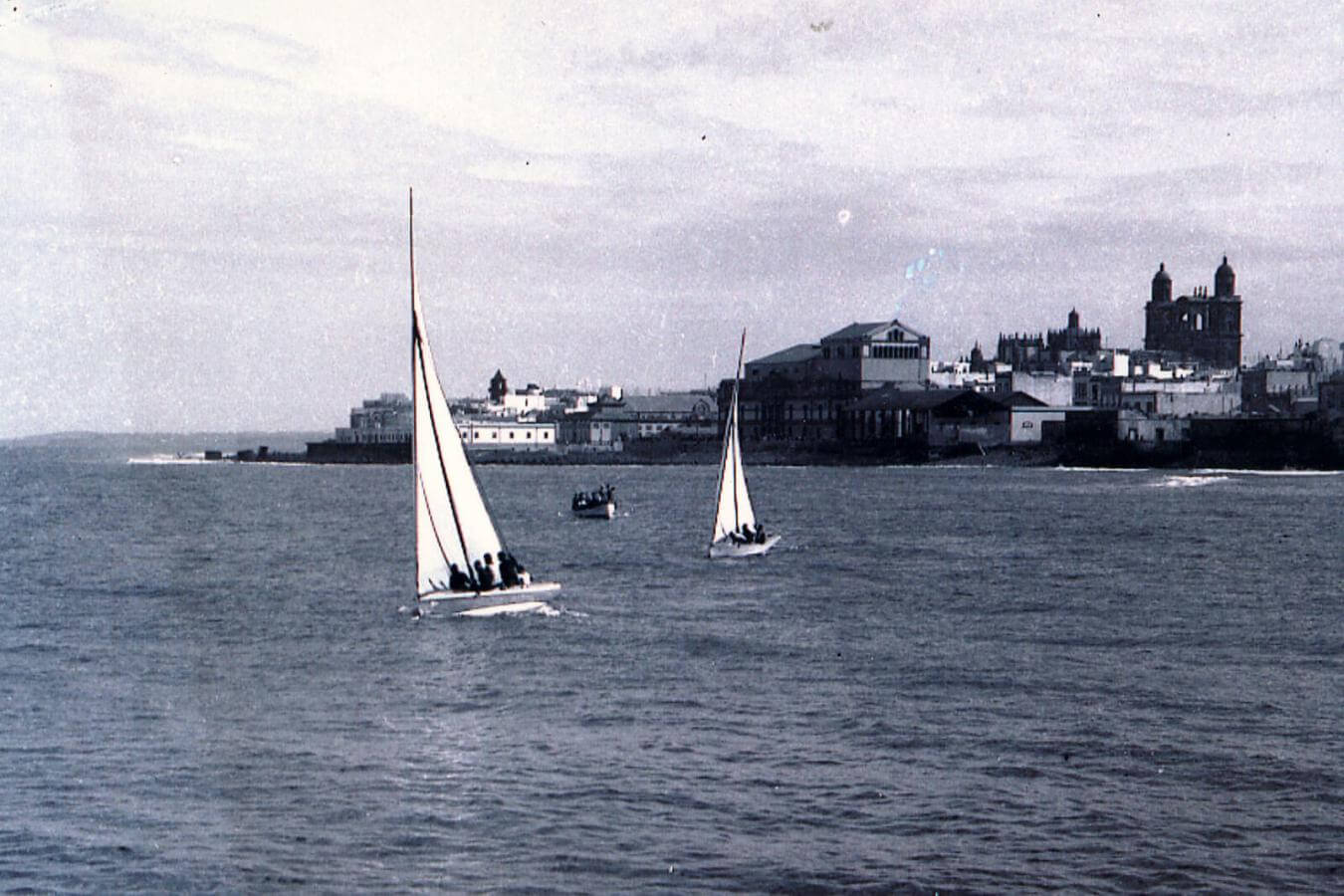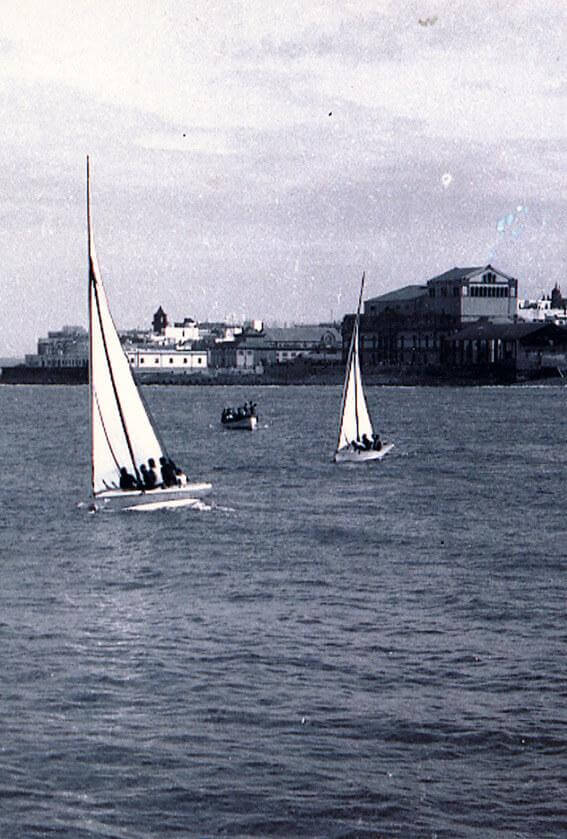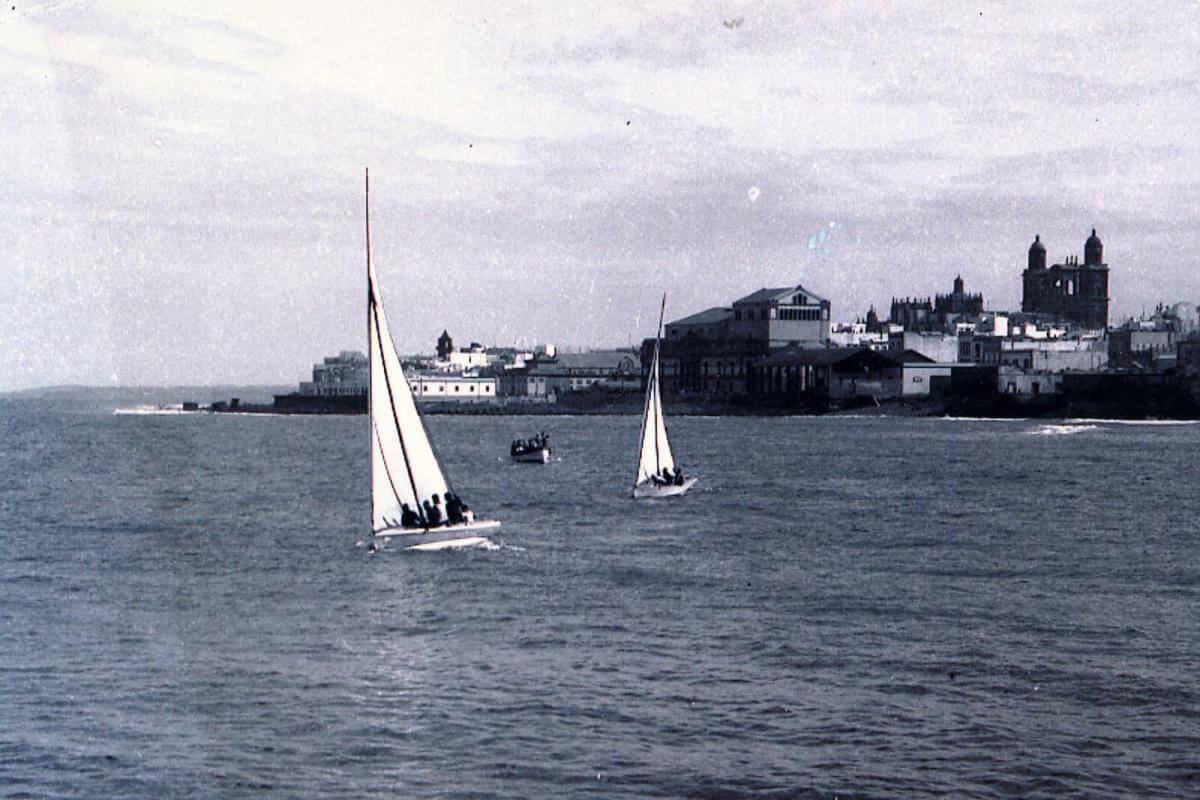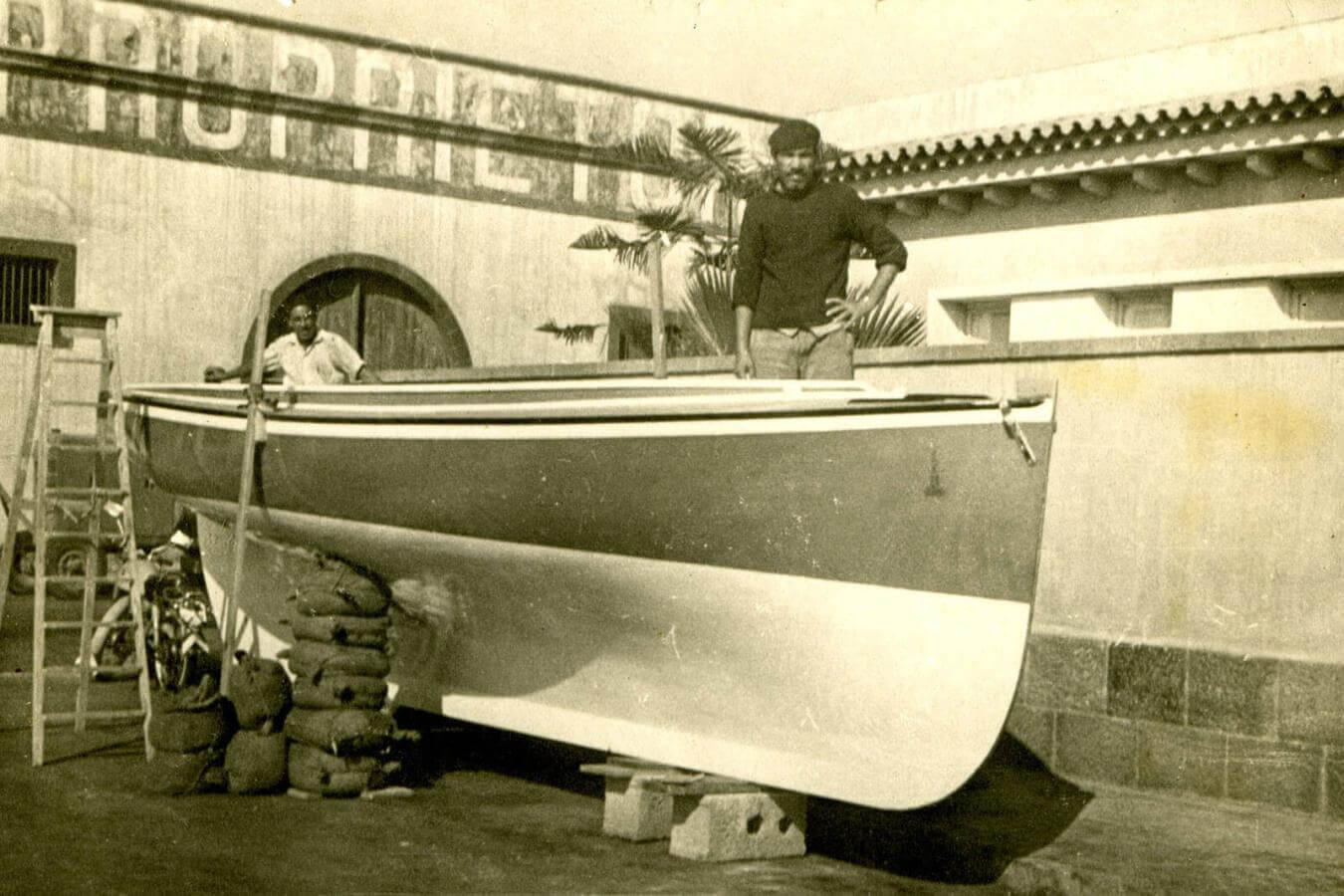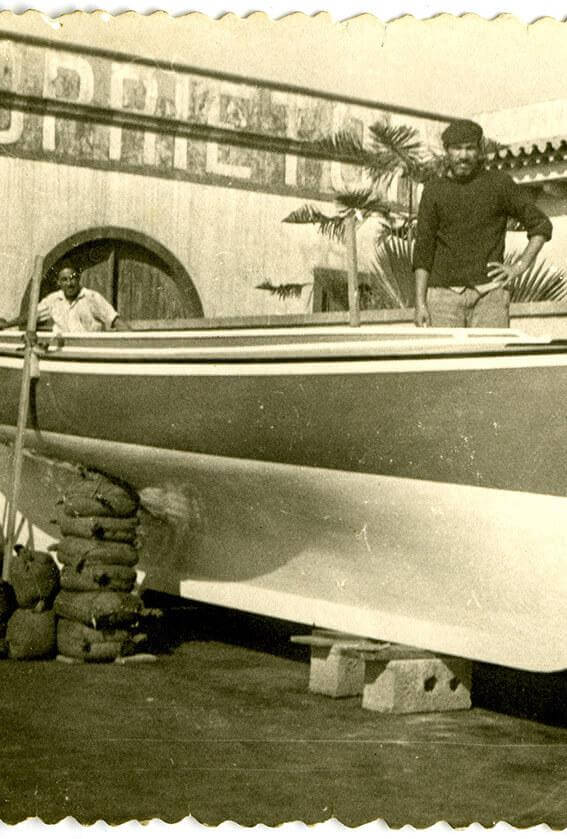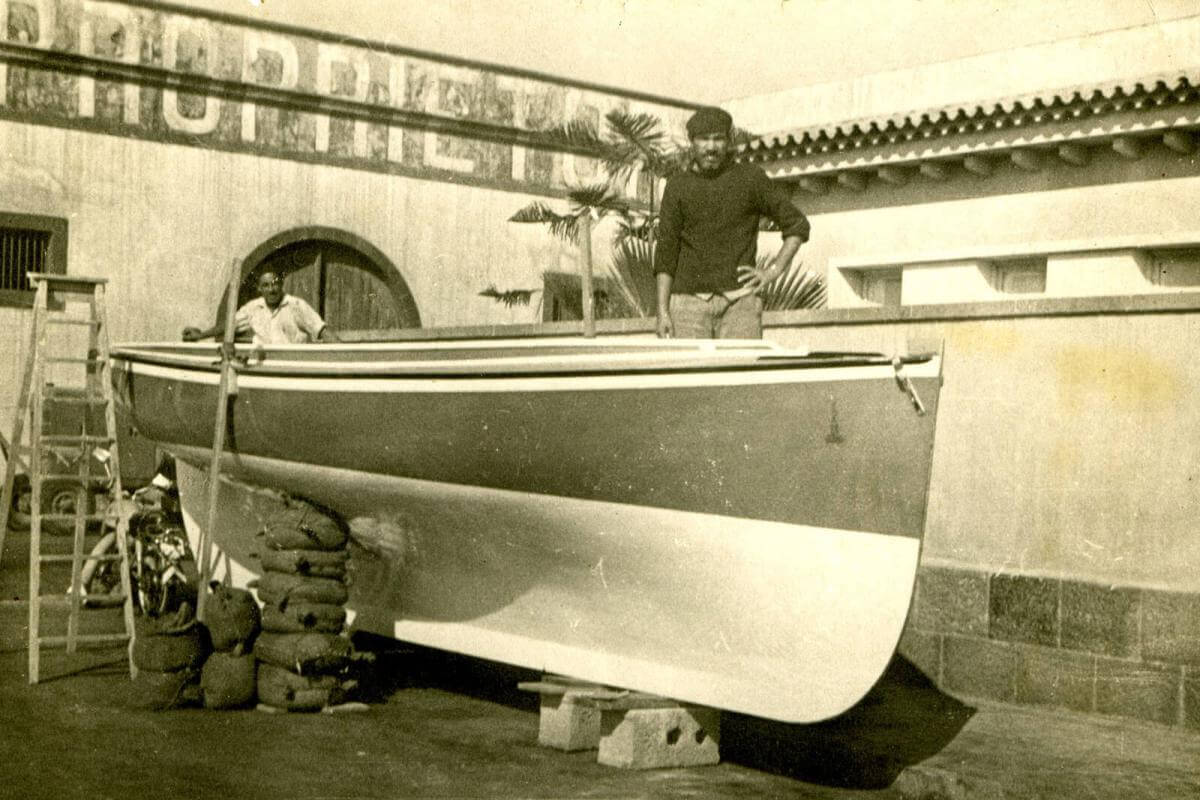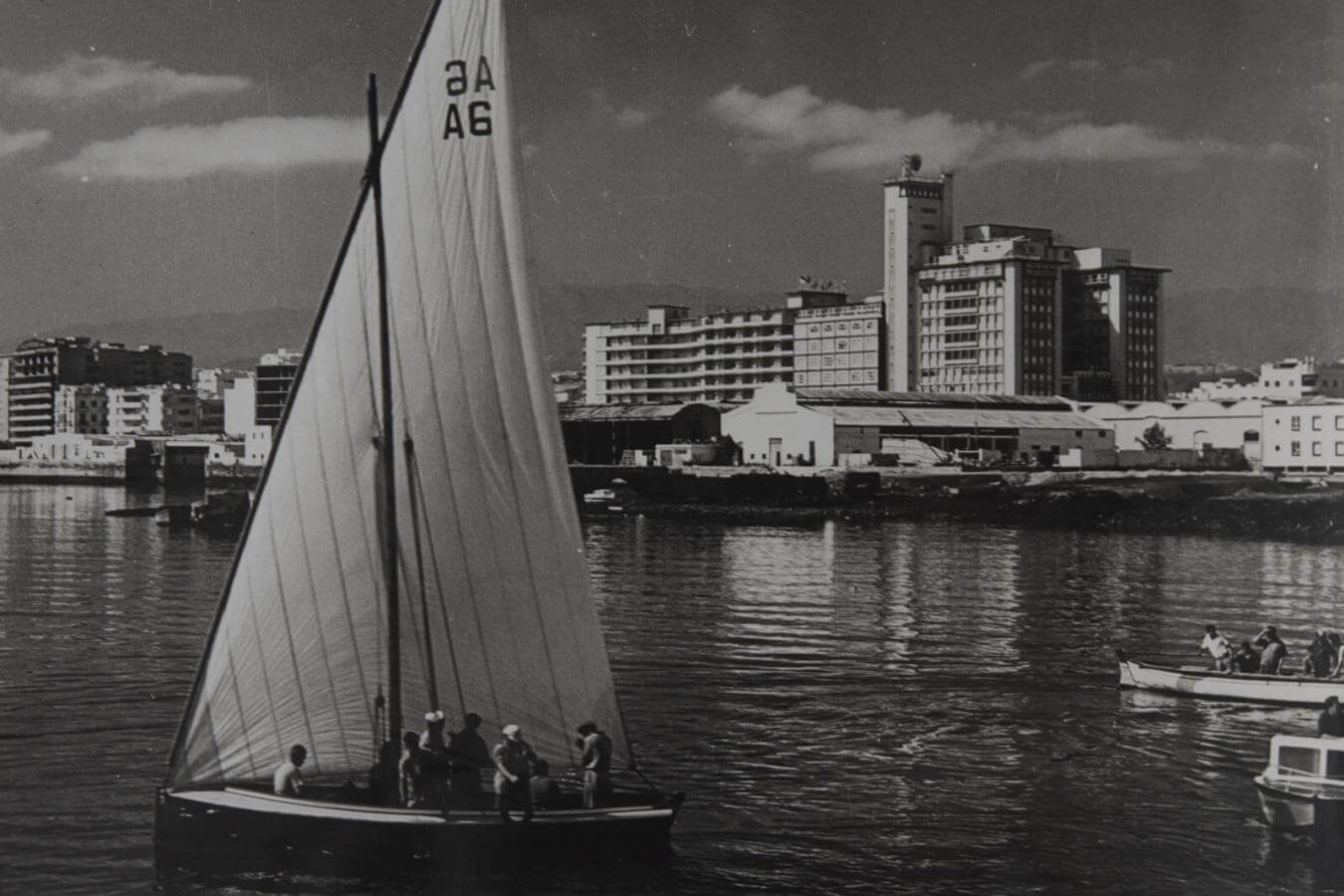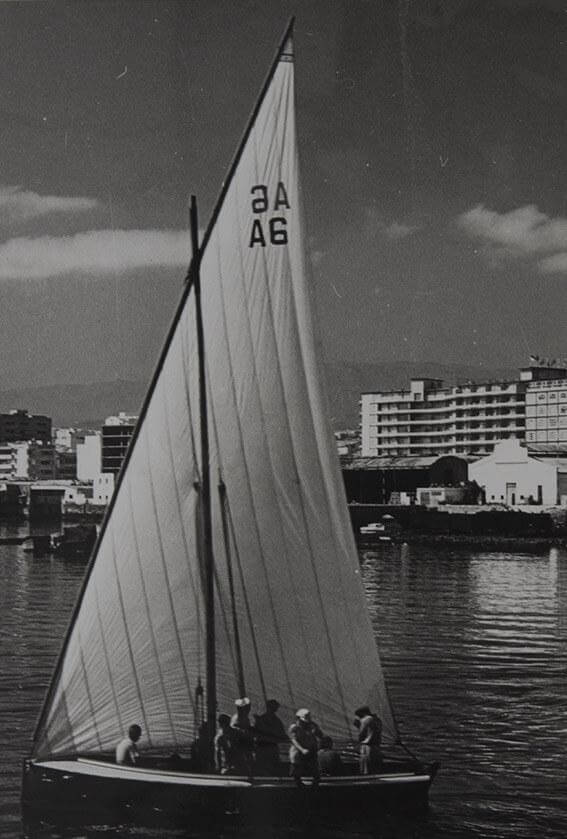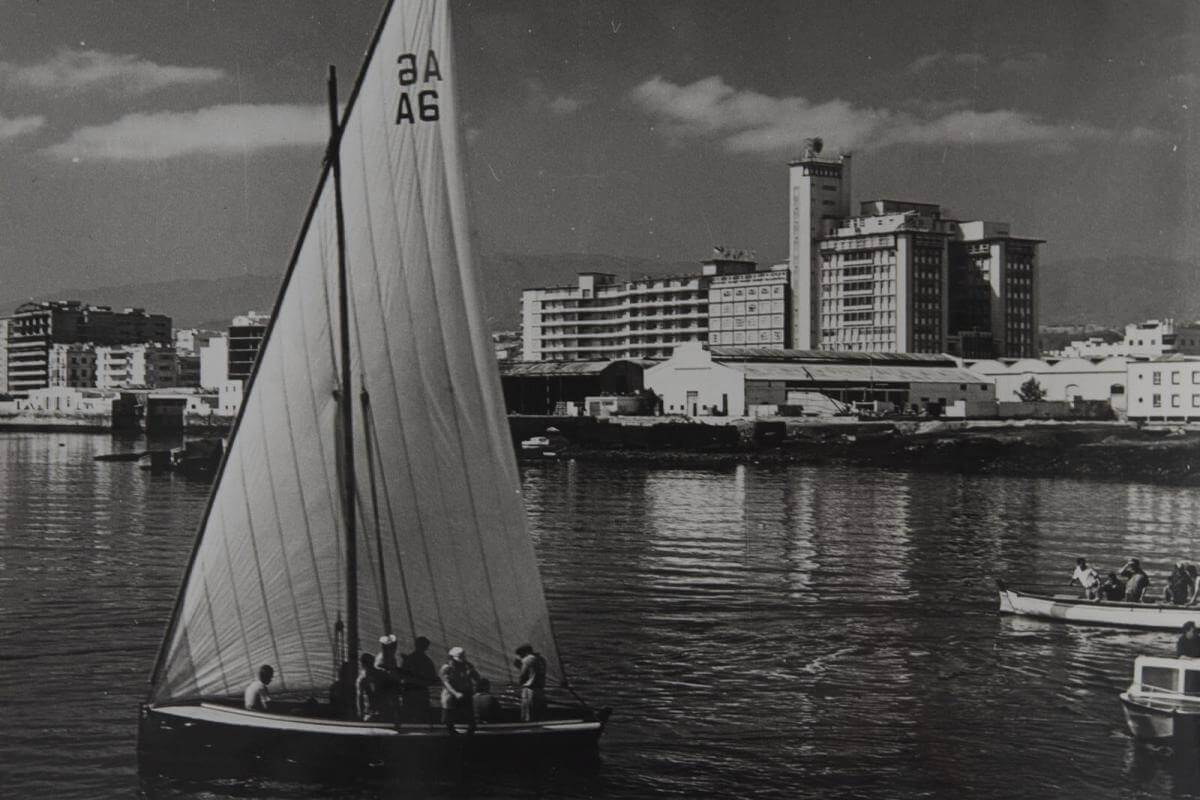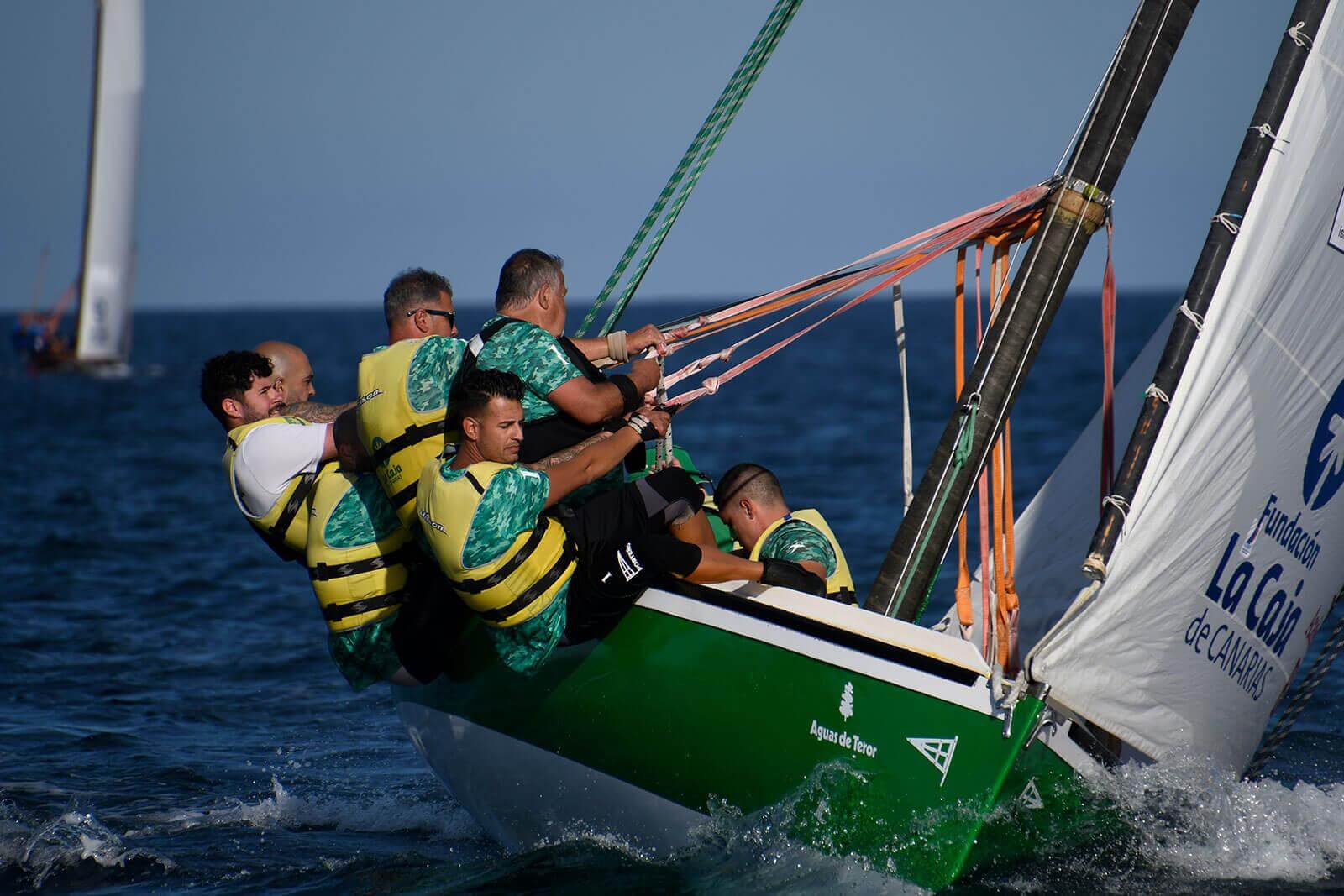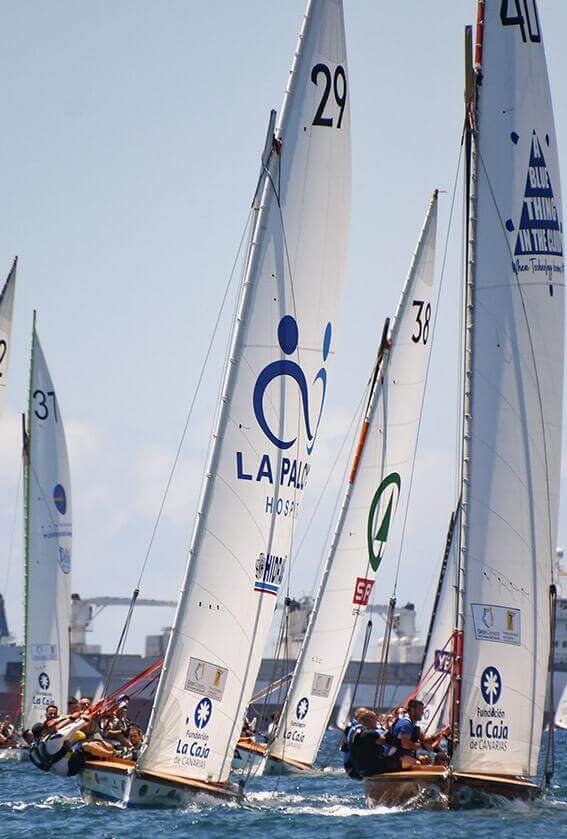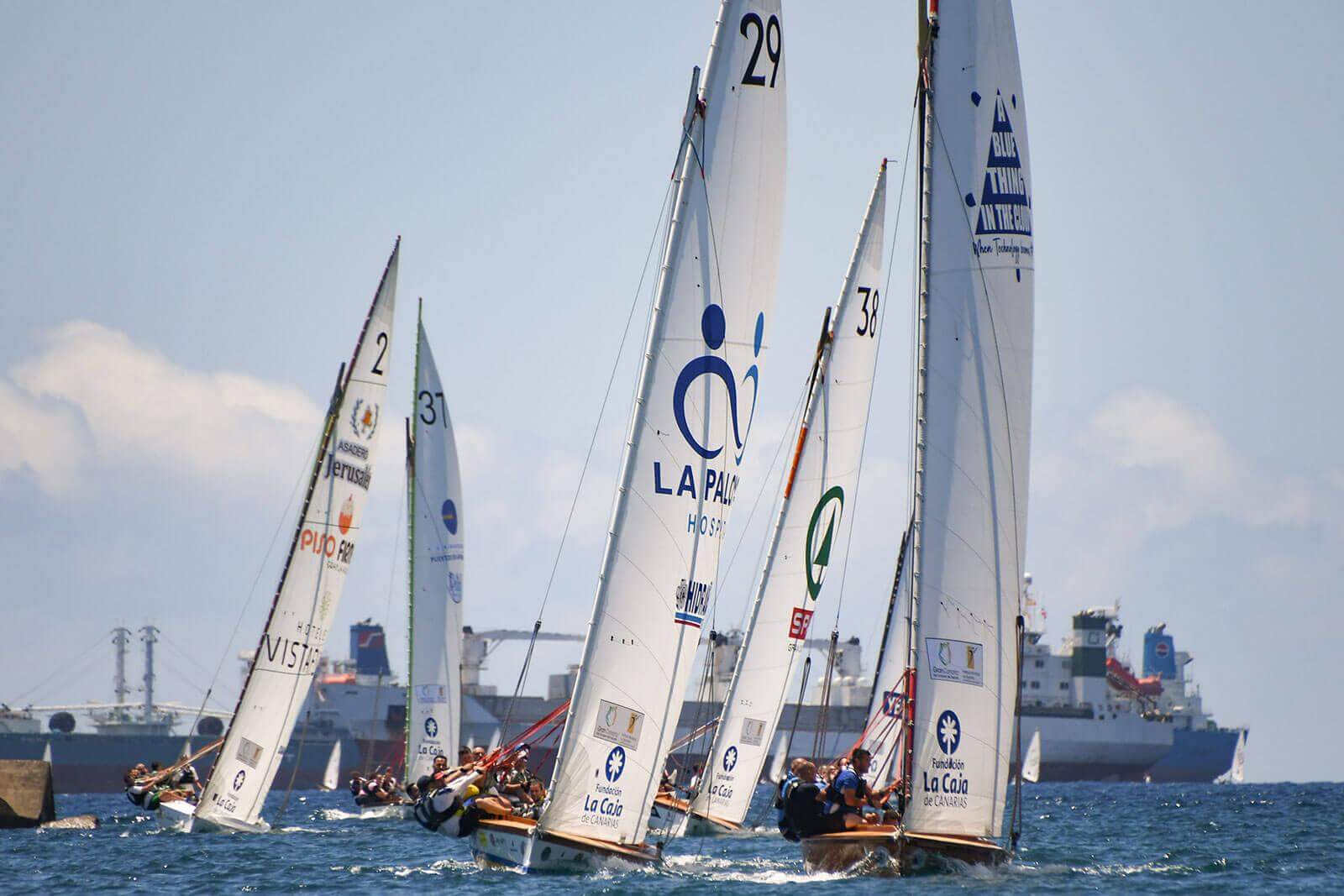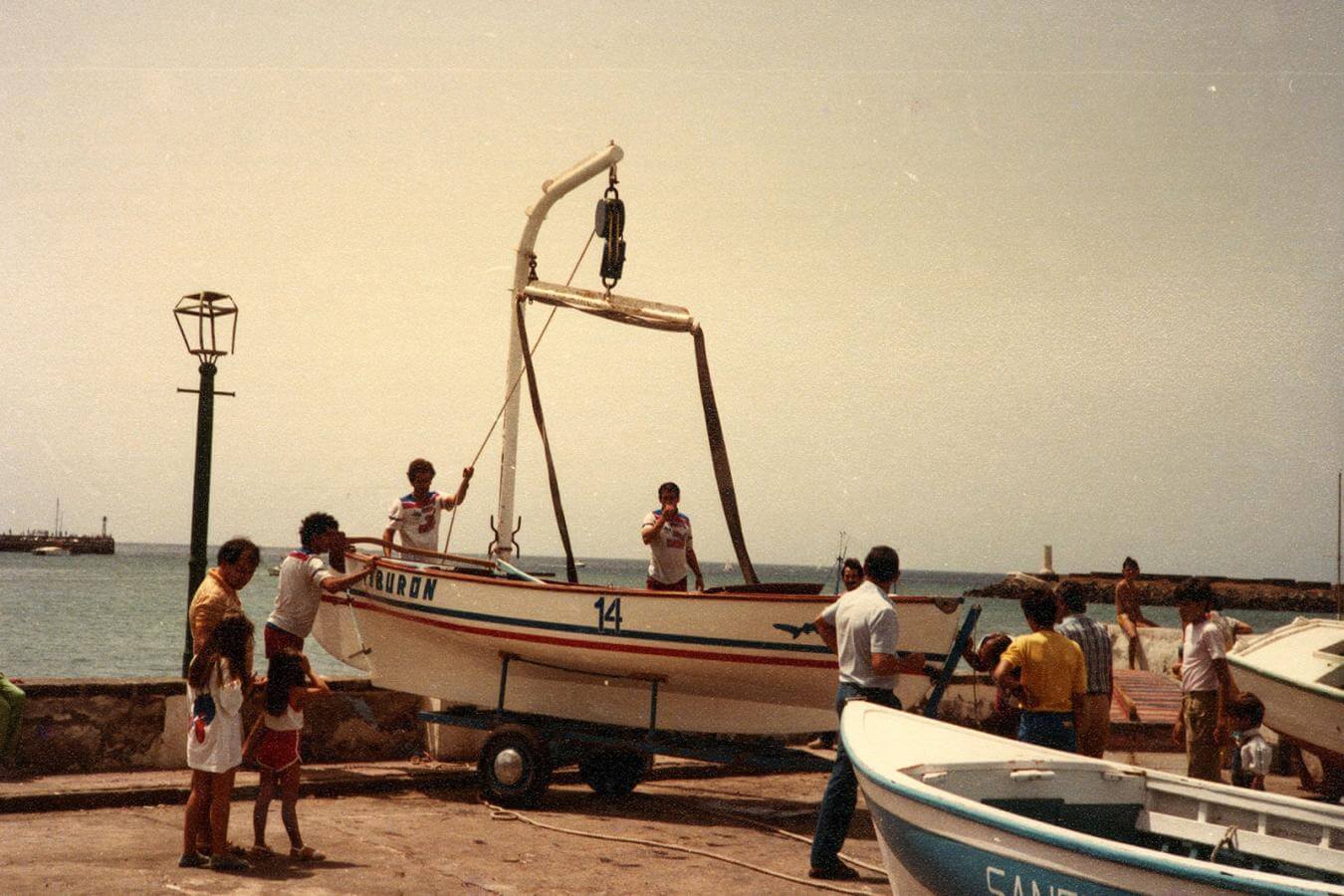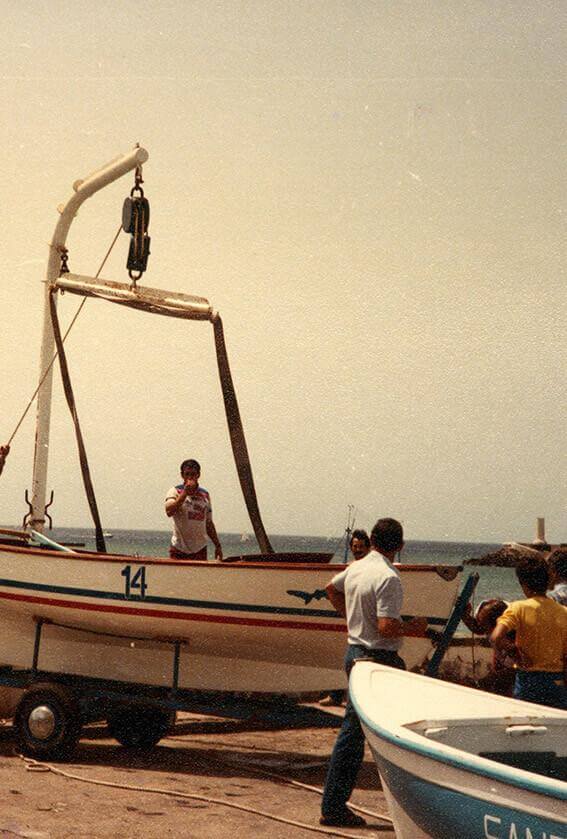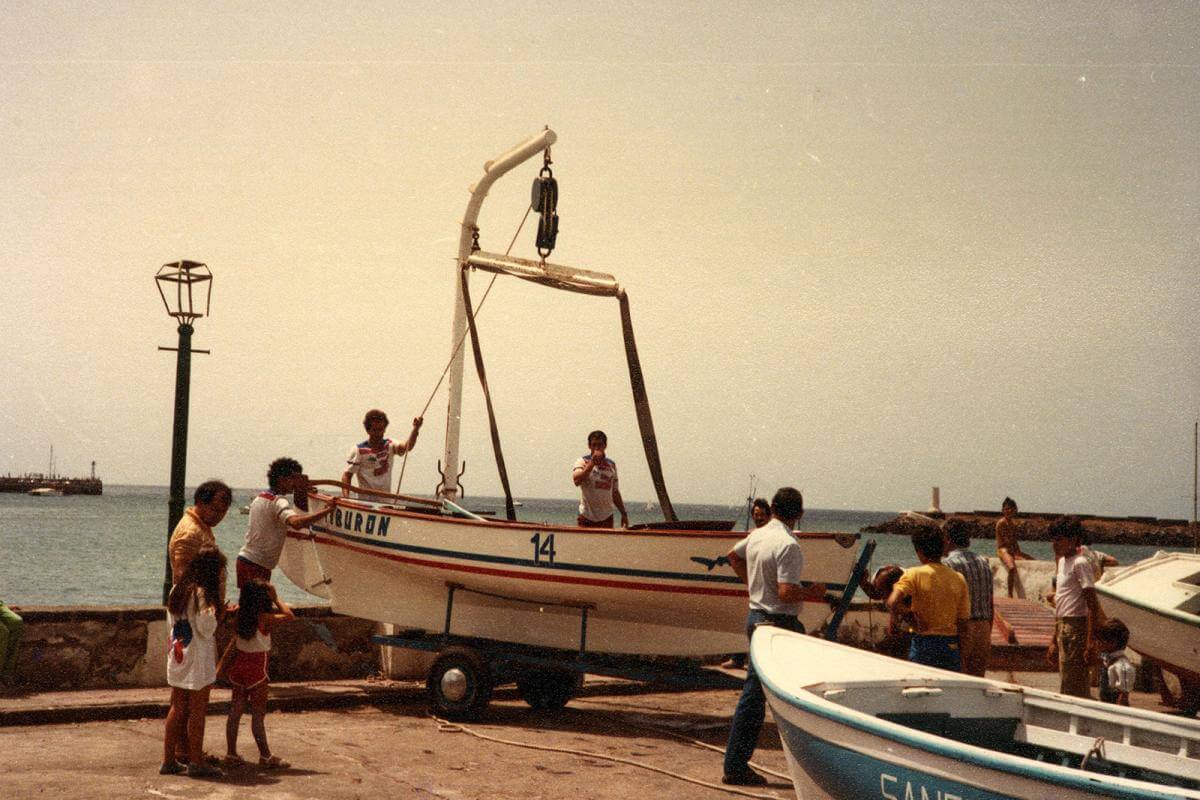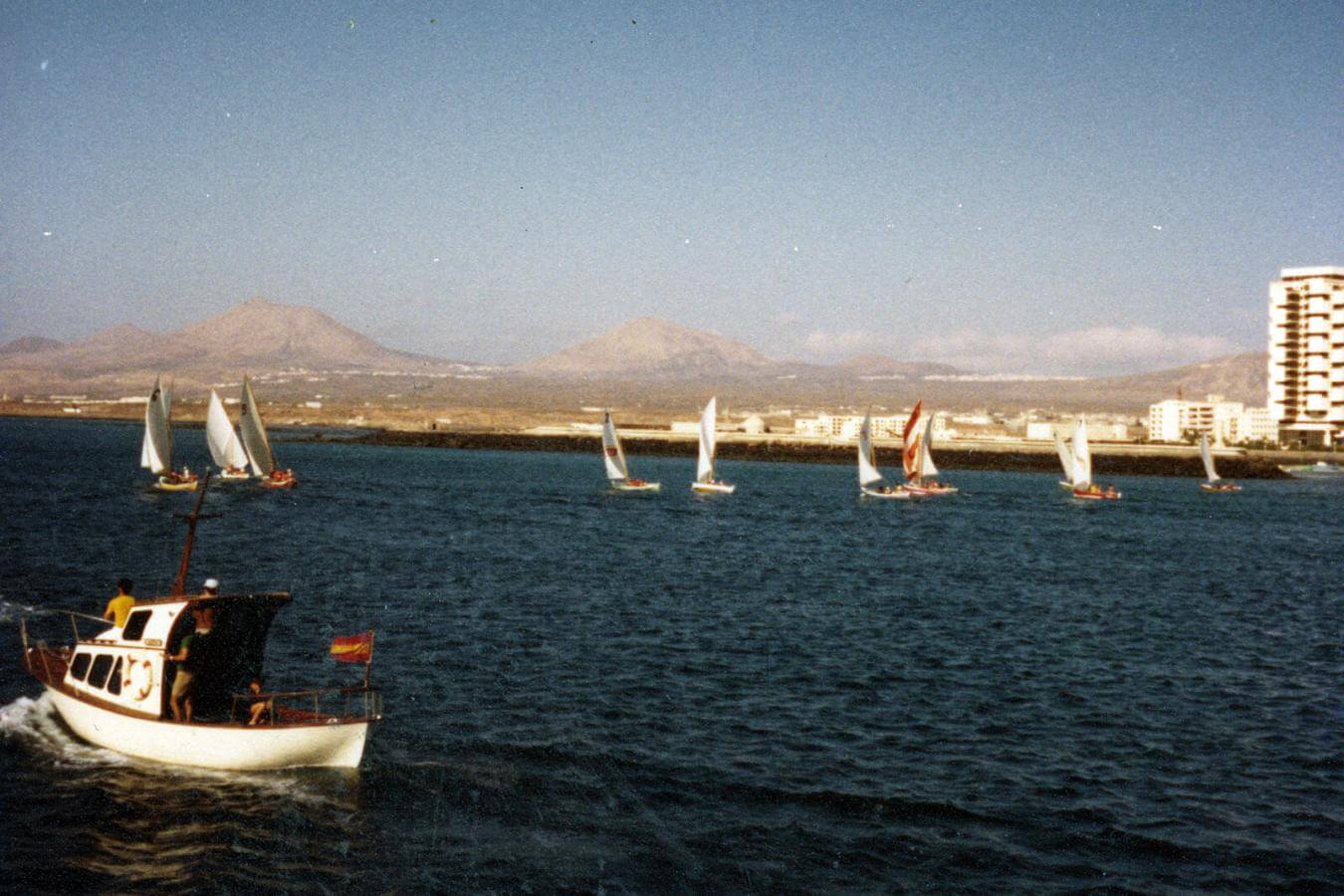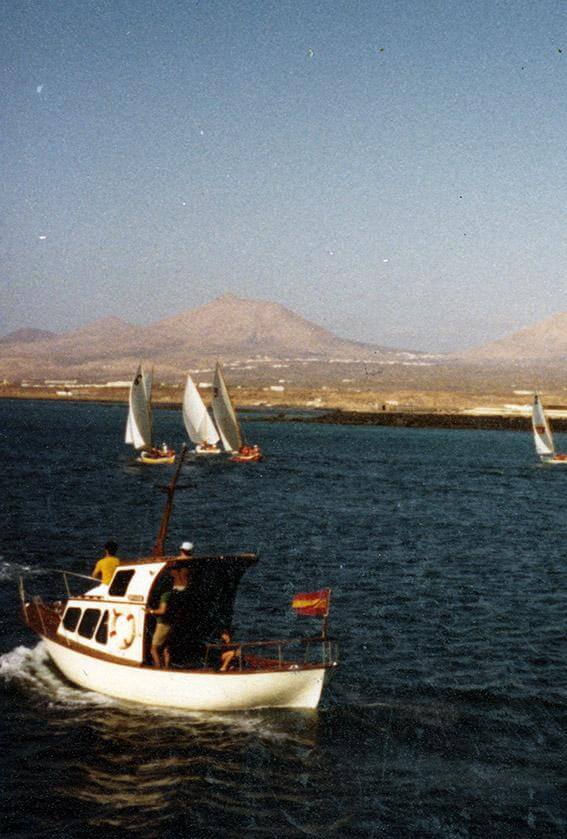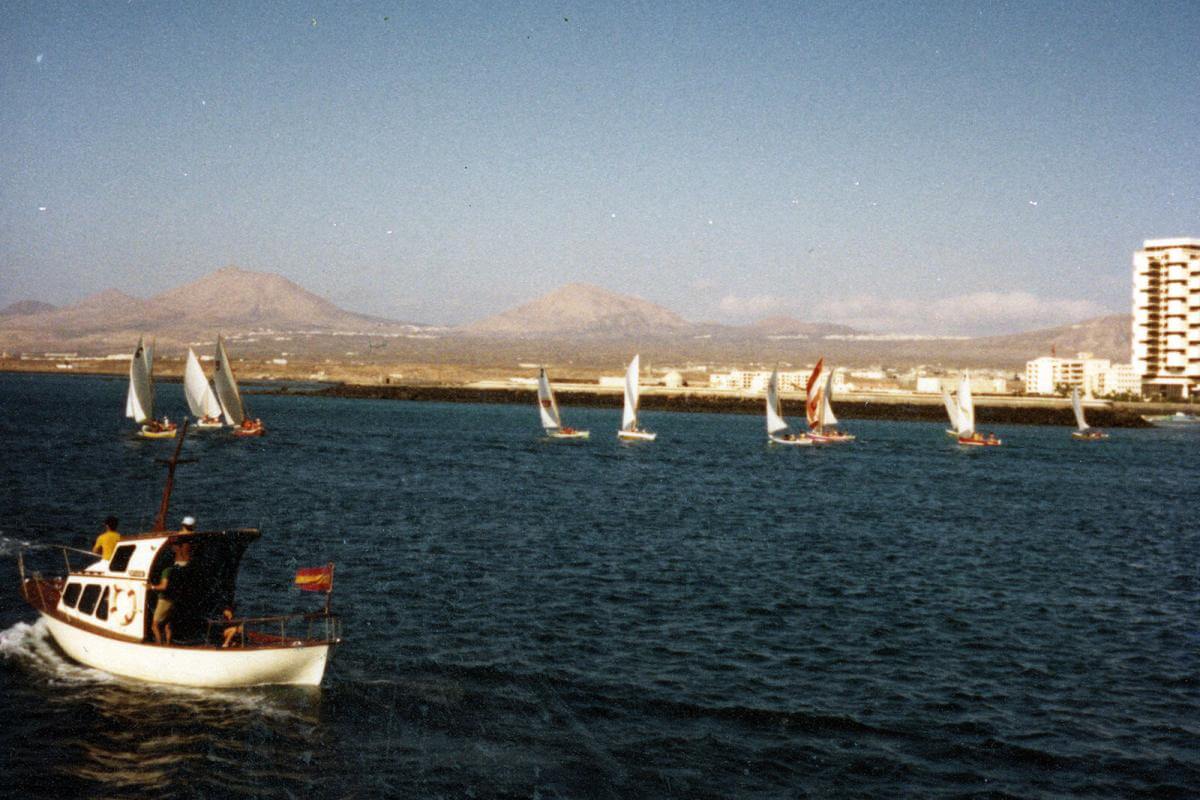Canarian lateen sailing is a distinguishing feature of the Canary Islands. An offshoot of the ancient vessels that were used for fishing and transporting passengers and goods from the high seas to land, lateen sailing has turned into an indigenous sport with a strong tradition, especially in the islands of Gran Canaria and Lanzarote.
From Europe to the Canary Islands
Lateen sailing is not exclusive to the Canary Islands, but Canarian lateen sailing is, because of its very special characteristics. Seen as an indigenous sport of the archipelago, it has deep roots in Gran Canaria and Lanzarote, where regattas are held which have a significant number of followers.
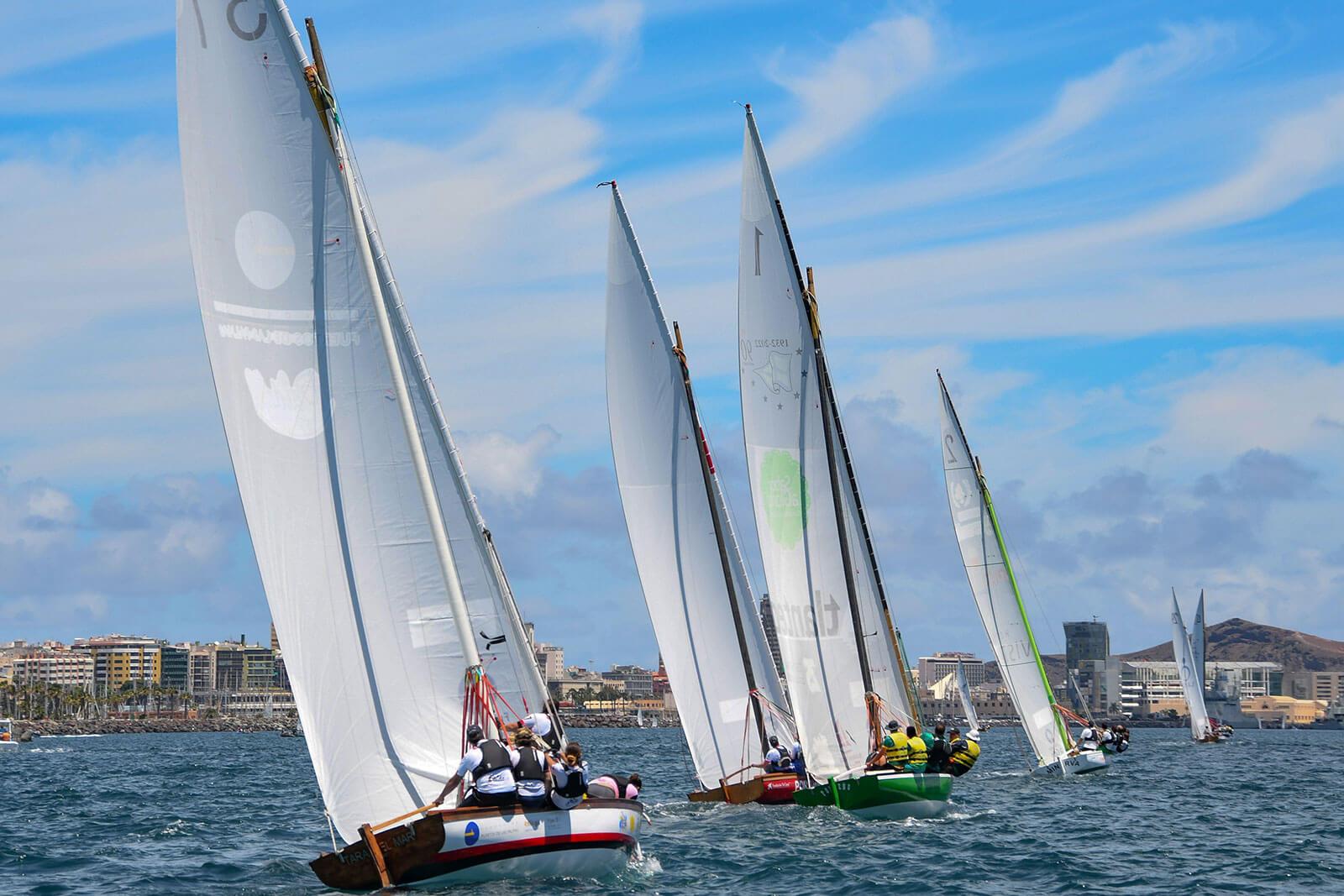
These vessels with their triangular sails were used in Europe both on the large ships that plied the seas on voyages that took months, and on fishing boats in the Mediterranean. They may have been introduced to the archipelago by the Spaniards and Portuguese who came to the islands after the conquest.
The origin of the “botes” in Gran Canaria
In the late 19th century, when the activity in the port of Las Palmas de Gran Canaria was flourishing, these vessels began to be used to carry out small commercial transactions between the boats anchored in the bay and local businesses. The origin of the regattas may lie in the competition that developed between these vessels to reach the larger ships moored in the bay.
These types of competitions became popular, and began to be included in the city’s festivals. The records show that the first regatta was held in the waters of Puerto de la Luz during the Fiestas de la Naval, in the year 1900, awakening great expectation among the public, and meeting with widespread approval.
Over the first two decades of the 20th century, lateen sailing vessel regattas took place, and were promoted by the Real Club Náutico de Gran Canaria from 1909 on. But the first rules we know of date back to the year 1933. From that year on, lateen sailing boats, or “botes” as they are known in Gran Canaria, grew in popularity and morphed from a tradition into a sport, which is currently an indigenous sport protected by the Government of the Canary Islands, and an Asset of Cultural Interest.
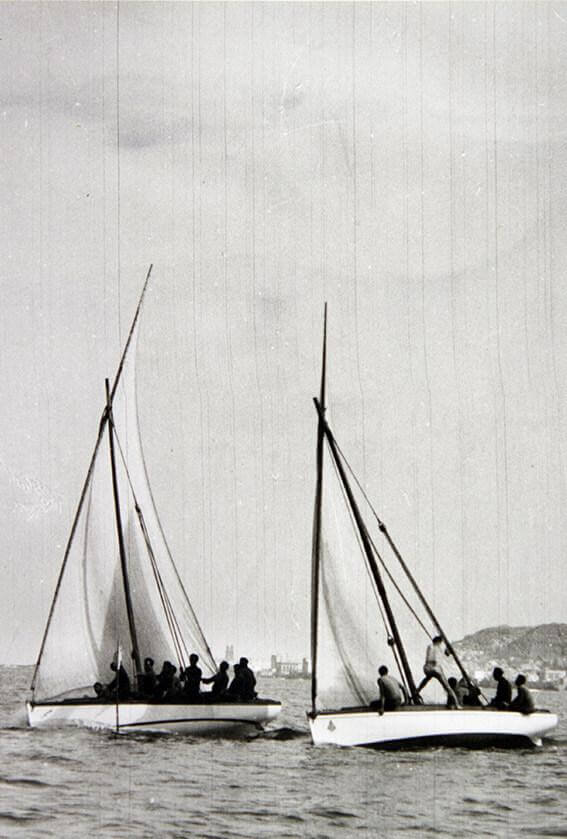
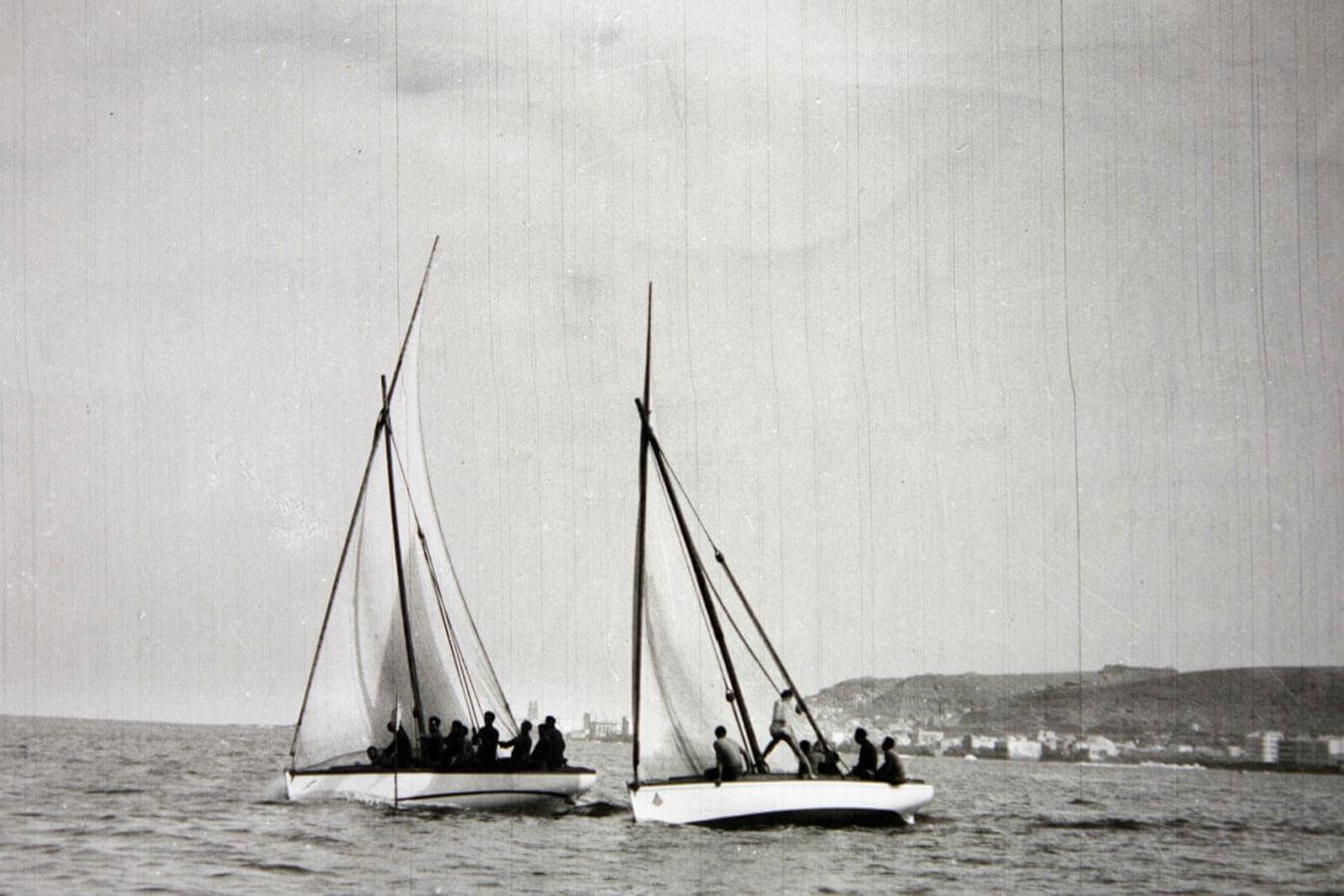
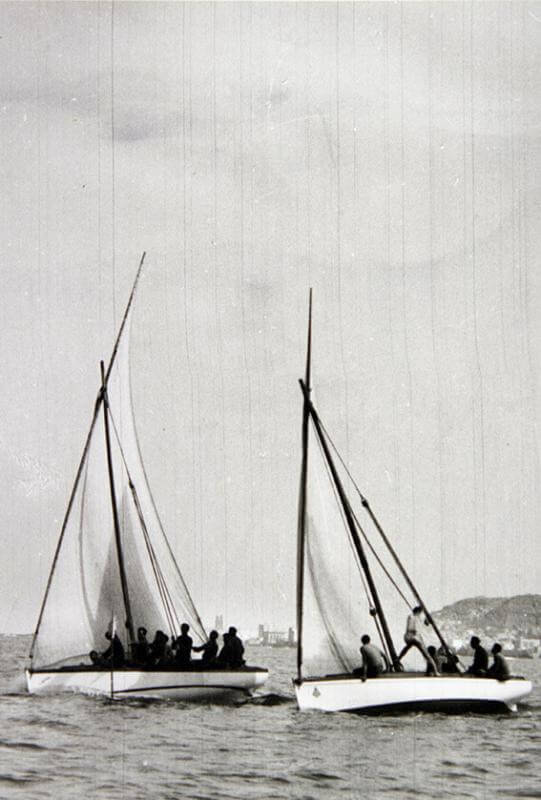
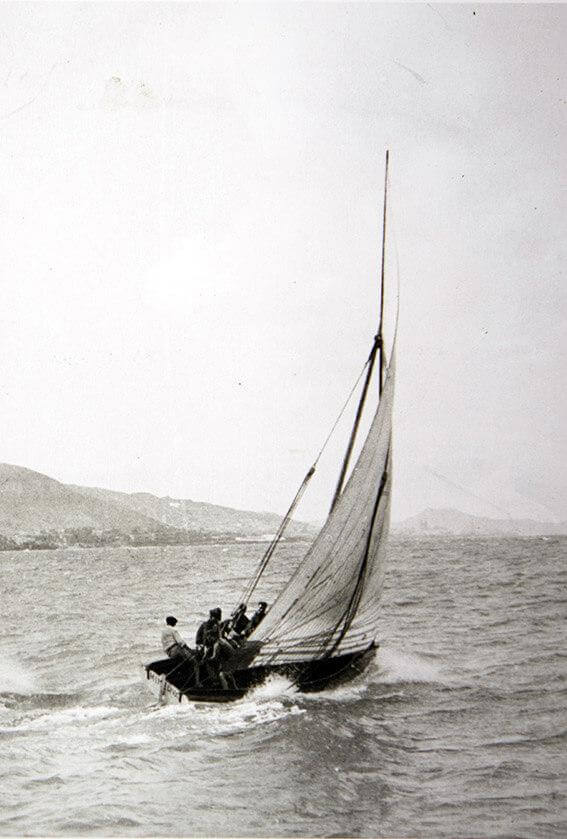
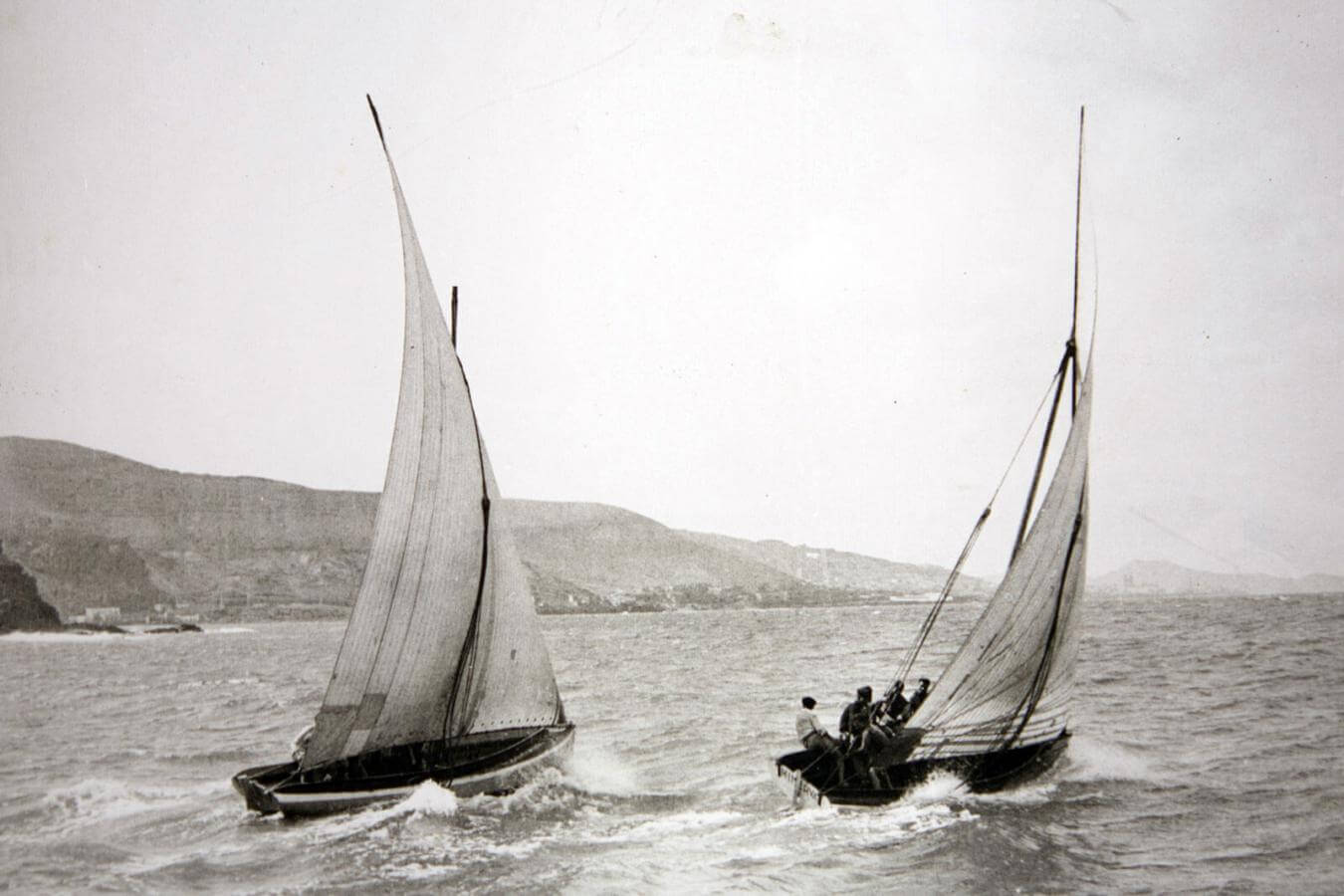
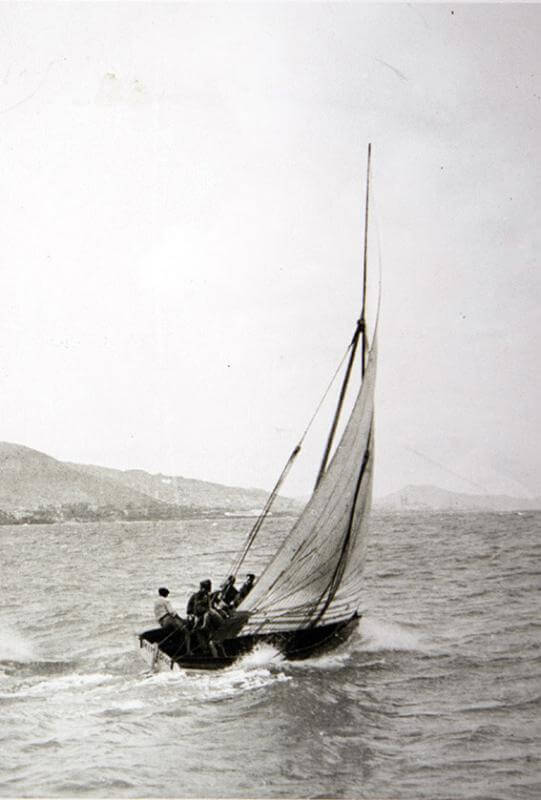
From tradition to sport
There can be no doubt that the lateen sailing boat regattas held in the waters off the city of Las Palmas de Gran Canaria are the most popular of the archipelago’s lateen sailing modalities. The singular dimensions of the sails and the specialisation of their tackle for competing solo on a close-hauled course bestow characteristics on the “botes” that make them unique in the world.
The boats compete between the months of March and September. The race takes place from south to north and parallel to the city’s coastline. This enables enthusiasts to follow the regattas from land. The starting line is in the area known as the “mar fea”, or “ugly sea”, at the entrance of Las Palmas de Gran Canaria, and the finish line is on a level with the Muelle Deportivo (marina).
The competitions are organised by the Federation of Canary Lateen Sailing. The “pegas”, or boat on boat races, is the name by which the Provincial Championship is known. This is the most important contest title, coveted by all the competitors. Other competitions are held throughout the season: the Copa Isla de Gran Canaria, the Torneo Eliminatorio and the Federation Trophy. Each one has its own characteristics and significance within the sport.
Unique characteristics
The Canarian lateen sailing boat has dimensions and certain particularities that make it special. The relationship between the size of the hull and that of the sail defies all logic, which is why watching these boats sail is a veritable spectacle. The boats are 6.55 m long and the sail measures over 12 metres. In addition, the crew is made up of a minimum of 8 and a maximum of 13 members, each with a specific function.
One characteristic that can help us comprehend just how deeply the roots of this sport are embedded in Las Palmas de Gran Canaria is the fact that most of the boats are associated to a neighbourhood or district of the city. And what is more, they are often owned by a family and the crews maintain their links to a boat generation after generation.
“Barquillos” in Lanzarote and Fuerteventura
The other lateen sailing modality present in the Canary Islands is the one involving boats called “barquillos”, found in Lanzarote and Fuerteventura. Although the most popular kind is the 5-metre-long “barquillo”, there is another, 8-metre-long version. The big difference with the “botes” of Gran Canaria, among others, is the shape of their hull and the fact that they sail in all directions.
The origin of the “barquillos” in Lanzarote is also found in the fishing boats that worked certain areas around Lanzarote. In the popular fiestas of San Ginés, held in Arrecife, the fisher folk raced in regattas with their boats. However, these sporting competitions were not regulated until the 1980s. Nowadays the island leagues hold competitions from April to November, always ending the season with the Campeonato de Canarias, which brings together boats from Lanzarote, Fuerteventura and Gran Canaria.


